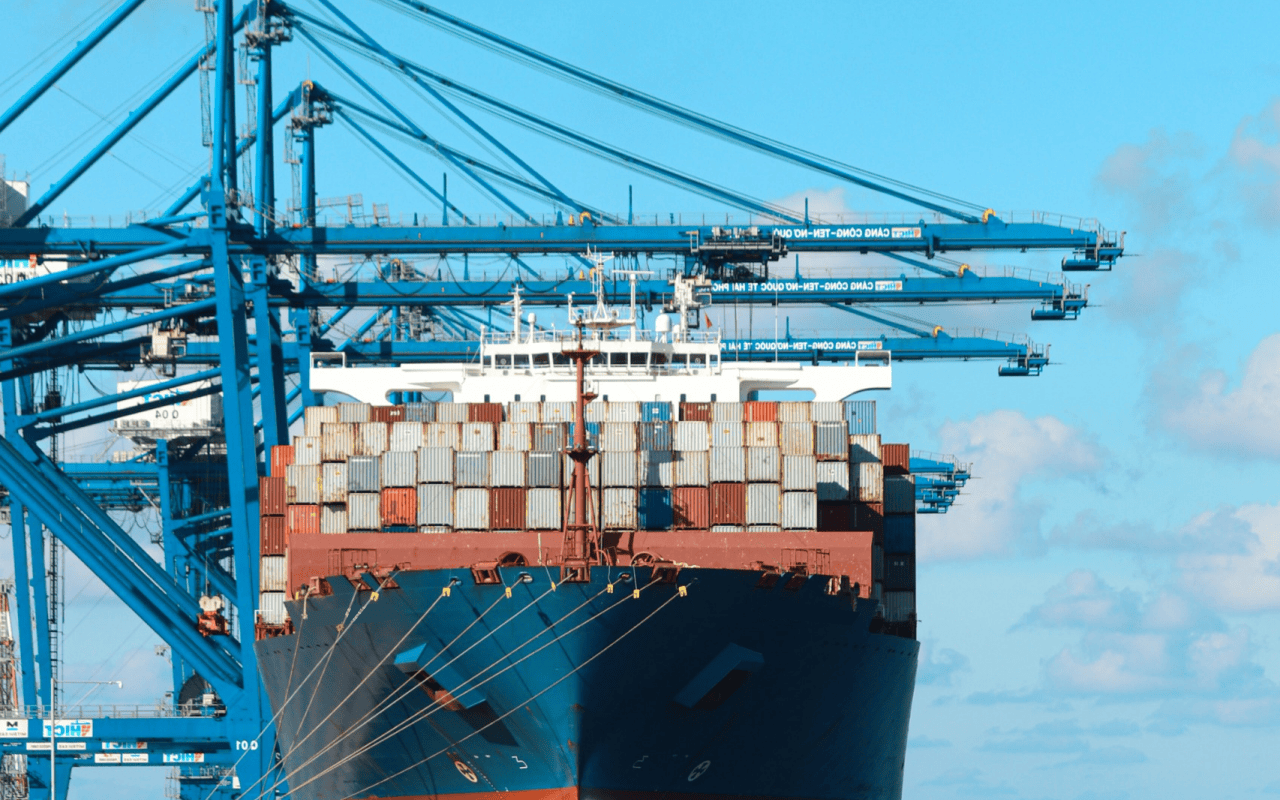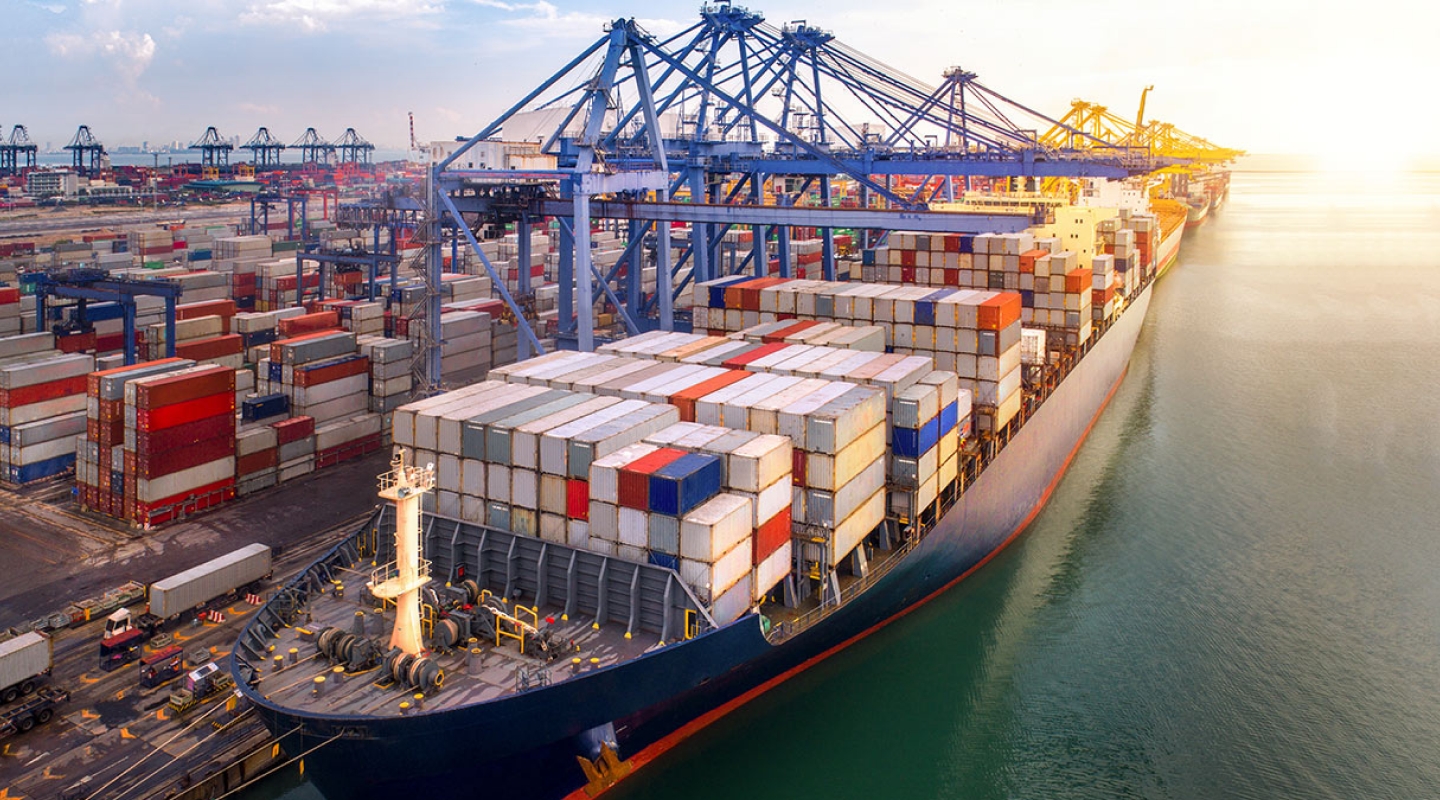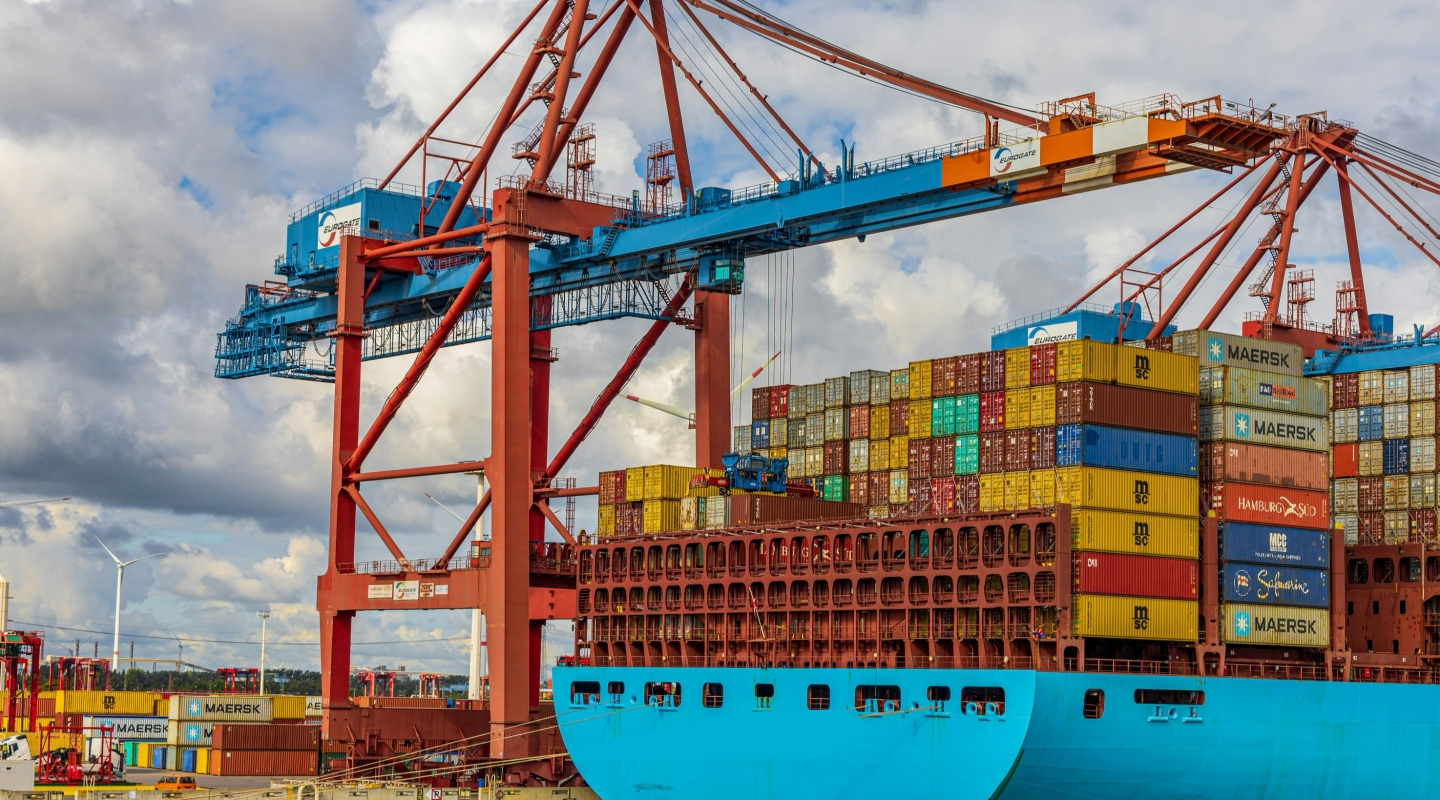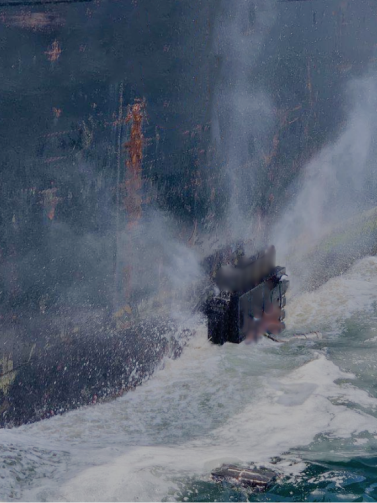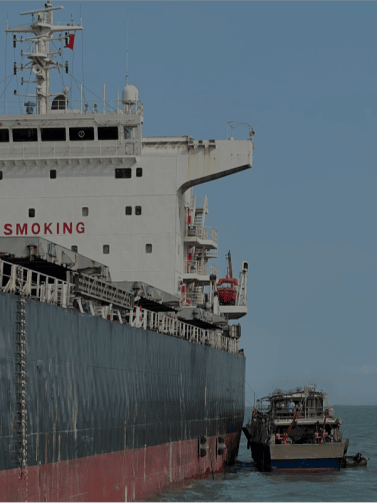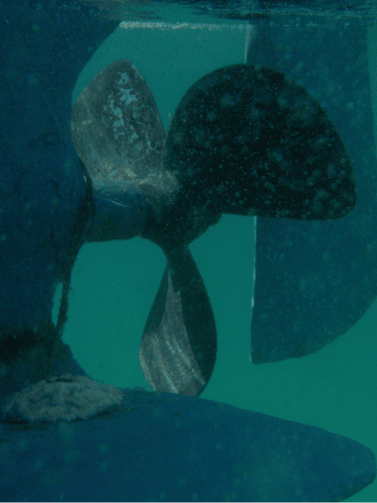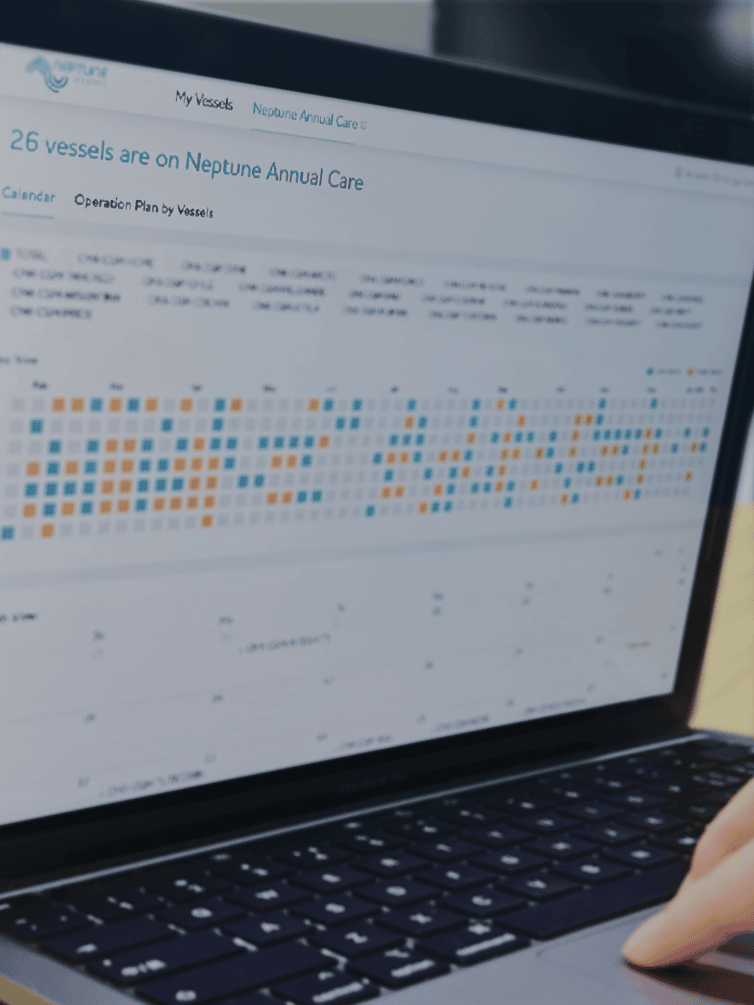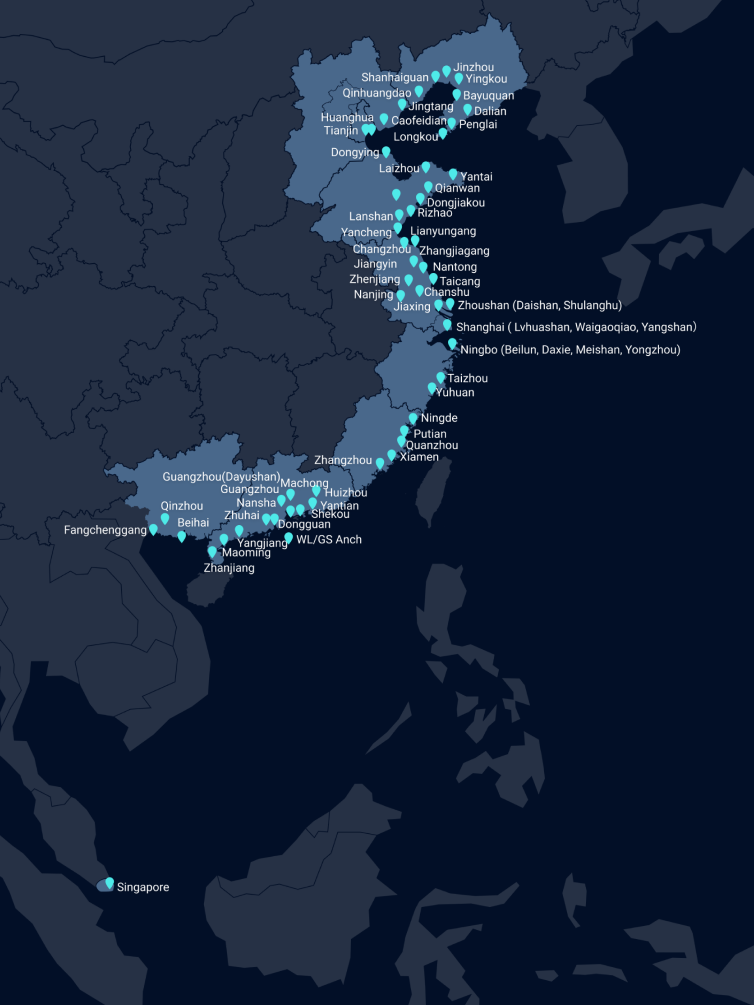Impacted by the crisis in the Red Sea, container prices on certain Asia-Europe routes have surged nearly sixfold. Industry analysts believe that global maritime disruptions will persist for several weeks, and freight rates will face a higher risk premium.
Coupled with the heavy pressure of decarbonization in shipping, the decarbonization costs such as EU ETS carbon taxes, retrofitting old ships, and the high cost of using green fuels for new builds, the prospects for the shipping industry may be “short many” rather than “long empty.”
01-The Upsurge in Freight Rates May Retreat in the Short Term
While Chaos and Recession Continue
Driven by the International Maritime Organization’s (IMO) 2030 target to reduce carbon emissions, the demand for building energy-efficient new ships continues to rise. According to Alphaliner’s statistics, as of the third quarter of 2023, the total capacity of new ships in the market reached 7.88 million TEUs, accounting for approximately 29% of the global container shipping market’s total capacity.
However, global export demand remains challenging to improve. With the peak period for new ship deliveries in 2023 and 2024, market demand is turning weak, increasing by only 1.4% and 2.2%, respectively.
As the growth rate of shipping capacity expansion far exceeds the momentum of cargo volume growth, and with significant growth in the former, but relative weakness in the latter, Rolf Habben Jansen, CEO of Hapag-Lloyd, predicts that the operating prospects for the shipping industry in the next three years remain bleak, and operators will face the dilemma of having no cargo to carry.
Barron’s points out that if the Middle East does not see a broader conflict, the recent surge in freight rates may subside in the coming months, but the chaos may continue for several weeks. This implies that after the conclusion of this Black Swan event, shipping companies will not only have to return to a more prolonged market downturn but also deal with new risks brought about by industry chaos.
02-Long-Term Obstacles for Shipping Companies: Costs of New Fuels and Decarbonization
Under the increasing pressure for decarbonization in the shipping industry, shipping companies face two major long-term obstacles in the process of green transformation: the costs of new fuels and decarbonization.
Since last year, global shipowners have ordered 106 methanol-powered vessels and 48 LNG-powered vessels to reduce carbon emissions in 2023. However, the costs of the green fuels used by these vessels are 2-5 times higher than traditional fossil fuels.
It is estimated that by 2030, in the best-case scenario, a single vessel operating on the trans-Pacific route will require an additional $20-30 million annually, of which $18-27 million will be fuel costs.
Starting this year, ship owners must purchase carbon quotas for ships navigating in EU ports. It is estimated that from 2024 to 2026, the shipping industry may bear carbon costs as high as 3.1 to 8.4 billion euros.
Clearly, shipping companies actively managing fuel consumption and carbon emissions can gain an advantage in reducing the cost gap, enhancing their market competitiveness.
03-Underwater Robotic Ship Hull Cleaning: An Increasingly Crucial Ship Management Measure
In recent years, more forward-thinking shipping companies have chosen underwater robotic cleaning to remove hull fouling in ports/anchorages, saving ship fuel and reducing carbon emissions.
During the sailing or anchoring process of vessels, various marine biofouling, seagrass, sediment, etc., accumulate on the ship’s bottom and vertical sides, forming hull fouling. According to surveys, they can reduce ship speed by approximately 10%, increase fuel consumption by about 40%, and continuously increase carbon emissions.
Neptune Robotic Ship Inspection and Cleaning Services efficiently remove hull‘s biofouling and dirt layers underwater, operating around the clock. Their service areas cover ports and anchorages in the North, East, and South China regions and have already served hundreds of large vessels, gaining considerable customer recognition.
